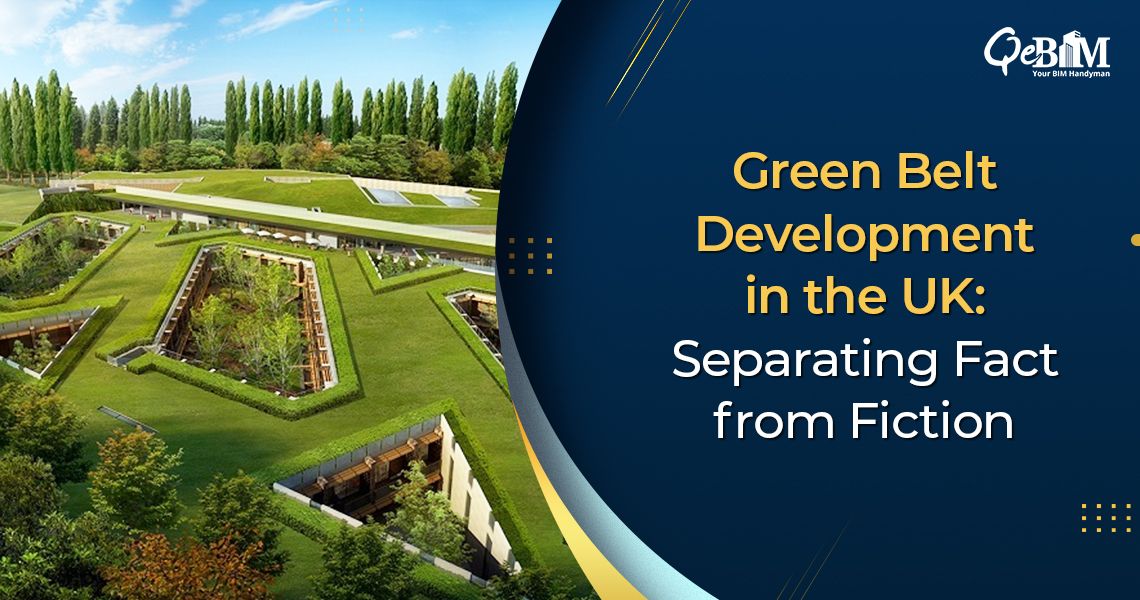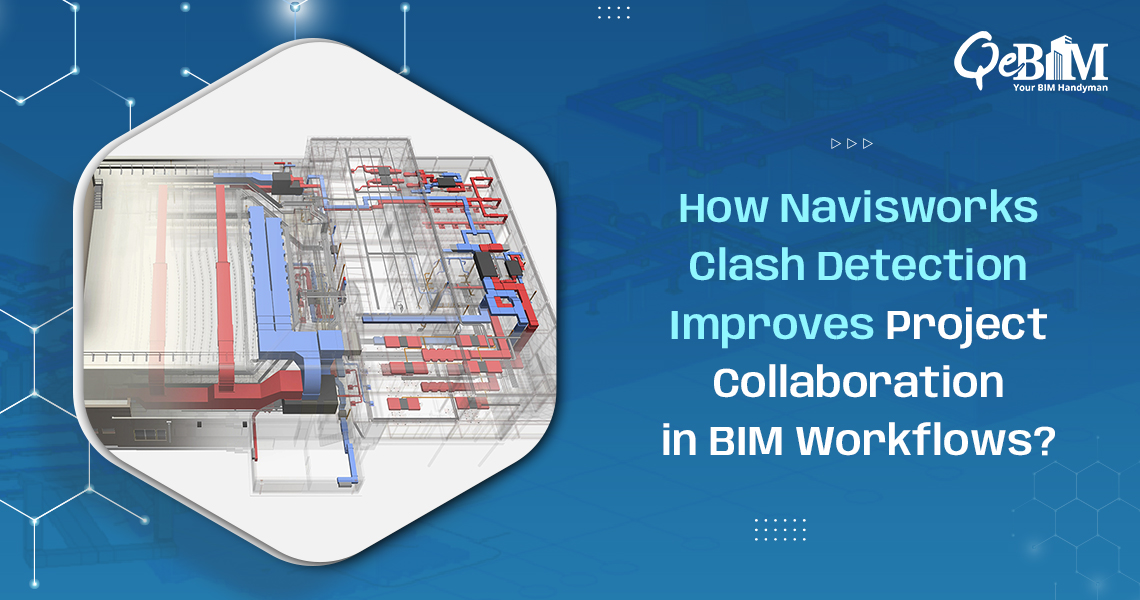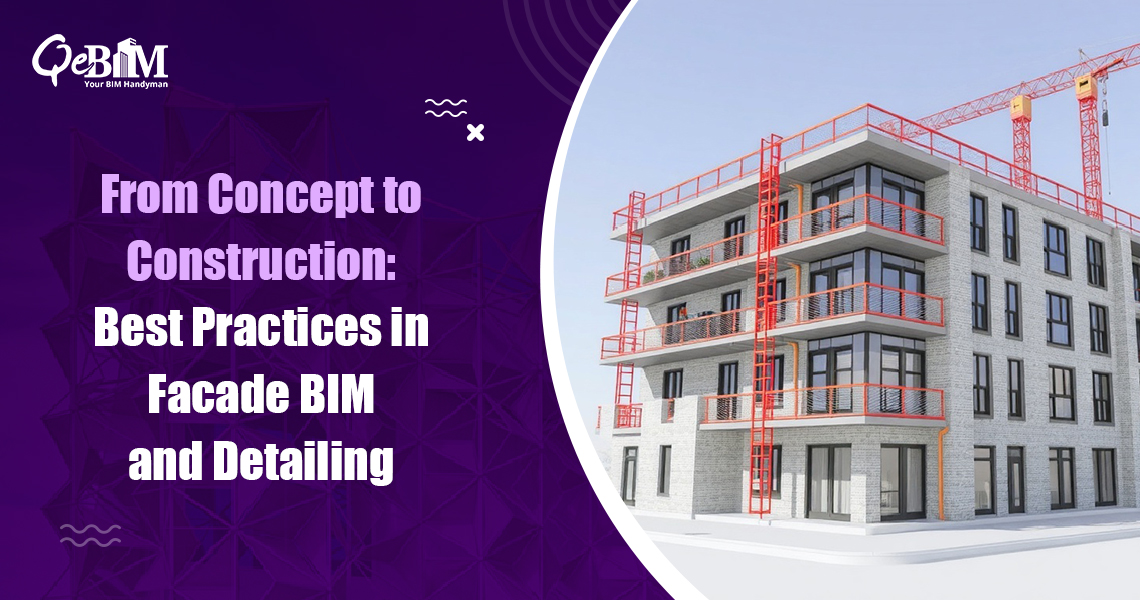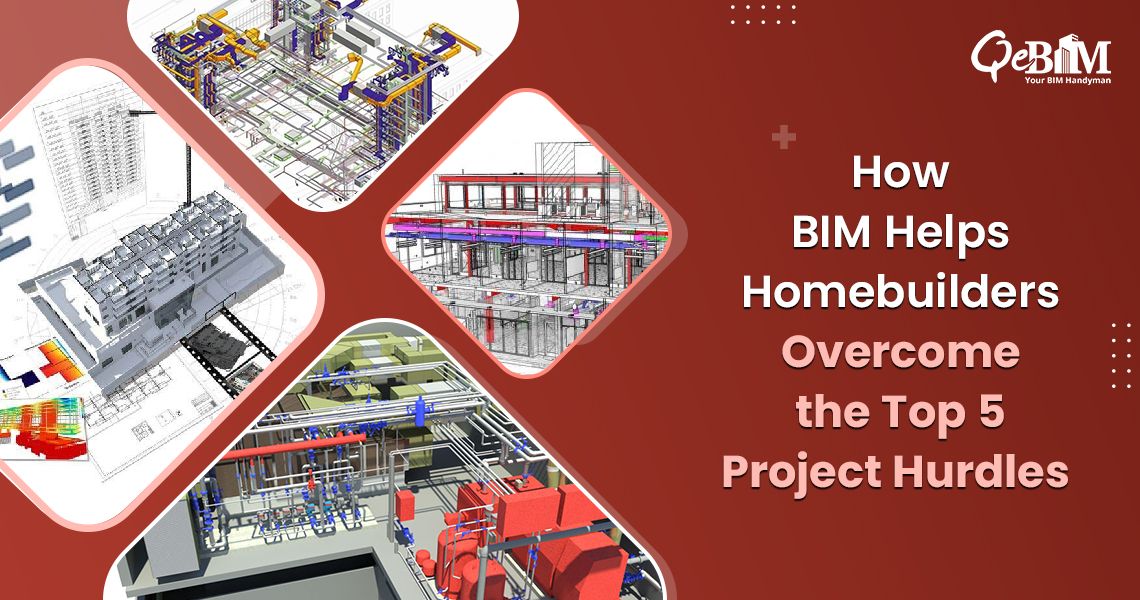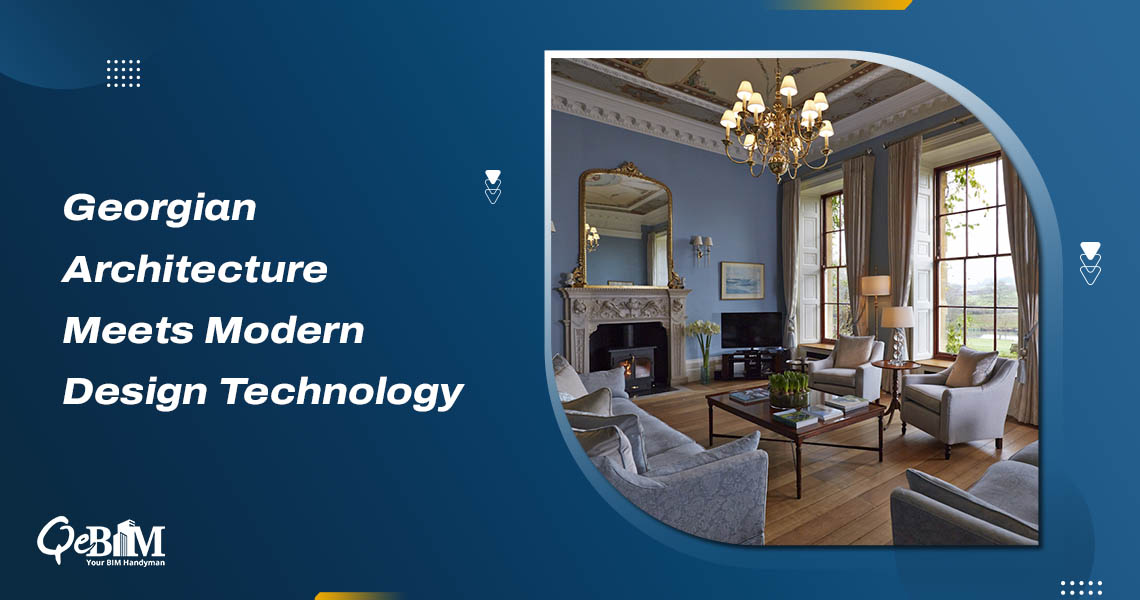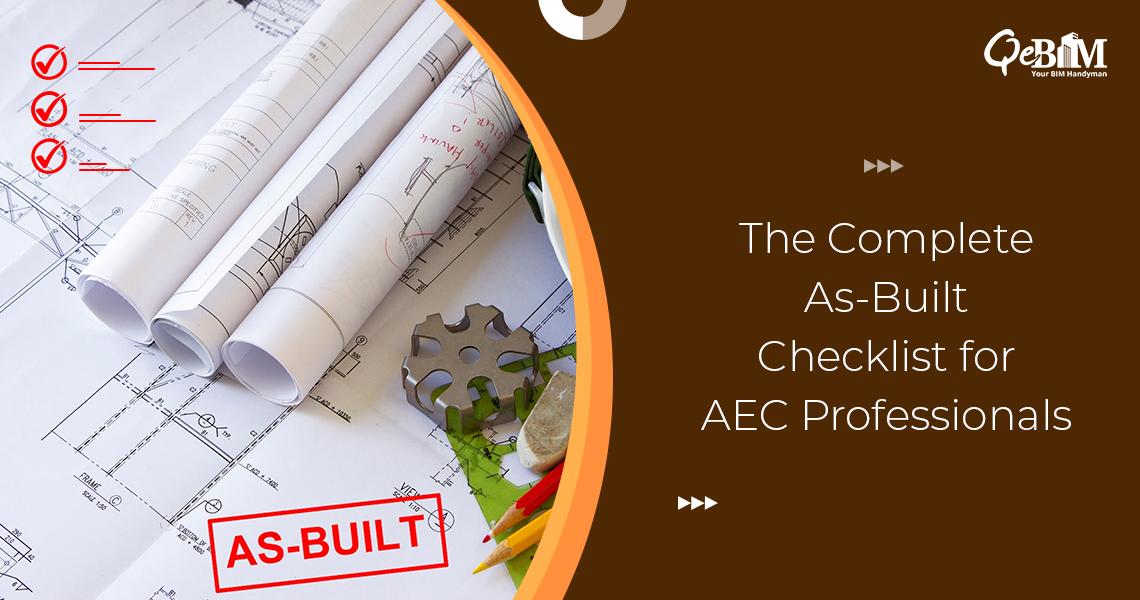Green belt land in the UK is often misunderstood, leading to the misconceptions that can hinder the thoughtful development. As architects, it is crucial to navigate these myths to design sustainable and compliant projects.
Let’s debunk seven prevalent myths about the green belt development.
Myth 1: The Green Belt Is Uniformly Green
Contrary to the belief that not all green belt land is lush countryside. Much of it comprises of the agricultural fields, golf courses, stables and even the derelict industrial sites. In fact, some areas are more accurately described as “grey belt” due to their degraded or developed nature.
Myth 2: You Can Only Build on Green Belt If the Design Is Architecturally Outstanding
While exceptional design can aid in planning applications, it’s not the sole criterion for the development. The National Planning Policy Framework (NPPF) permits certain developments in the green belt if they meet the specific criteria such as infilling within villages or the reuse of the existing buildings.
Myth 3: The Green Belt Is an Environmental Protection Zone
The primary purpose of the green belt is to prevent the urban sprawl and safeguard the countryside from encroachment, not necessarily to protect the environment. Designations like Areas of Outstanding Natural Beauty (AONB) or Sites of Special Scientific Interest (SSSI) are specifically intended for environmental protection.
Myth 4: Developing in the Green Belt Is Impossible
It is a common misconception that obtaining the planning permission in the green belt is unachievable. While challenging, it is not impossible. Developments that don’t harm the openness of the green belt and meet other criteria can be approved. For instance, the reuse of the existing buildings or the construction of the essential rural worker dwellings are permissible under certain conditions.
Myth 5: All Green Belt Land Is Protected Forever
Green belt boundaries can be reassessed and modified as part of the local plan process. If a compelling case is made and the development meets the necessary criteria, the land can be removed from the green belt to accommodate the housing or other needs.
Myth 6: Sustainability Means Sacrificing Functionality
Sustainable design doesn’t equate to compromising on functionality. Modern sustainable buildings are designed to be energy-efficient, comfortable and functional. By incorporating smart technologies and efficient layouts, architects can create spaces that meets the needs of the occupants while minimizing the environmental impact.
Myth 7: Technology Has Limited Applicability in Green Belt Projects
On the contrary, technology plays a pivotal role in the green belt development. BIM allows the architects to create the detailed 3D models that facilitates efficient planning and construction. BIM Drafting Services offered by reputable BIM Companies enables the architects to visualize and simulate the environmental impacts hence ensuring that the designs are both sustainable and compliant with the regulations.
Conclusion
Debunking these myths empowers the architects to approach the green belt development with a clearer perspective. By embracing the sustainable practices and leveraging the technology, the architects can contribute towards creating the harmonious and environmentally responsible urban spaces.
For architects in the UK and the once who want to tap the UK market, staying informed about the local regulations and advancements in the sustainable design is crucial. Collaborating with the experienced BIM professionals or outsourcing BIM Services can further enhance the design and execution of the green belt projects thereby ensuring that they meet both the environmental as well as the functional requirements.
